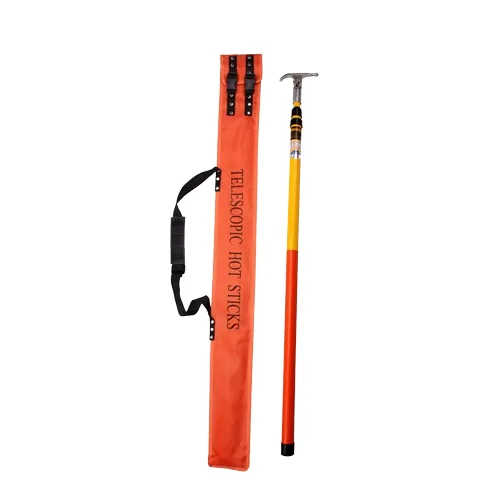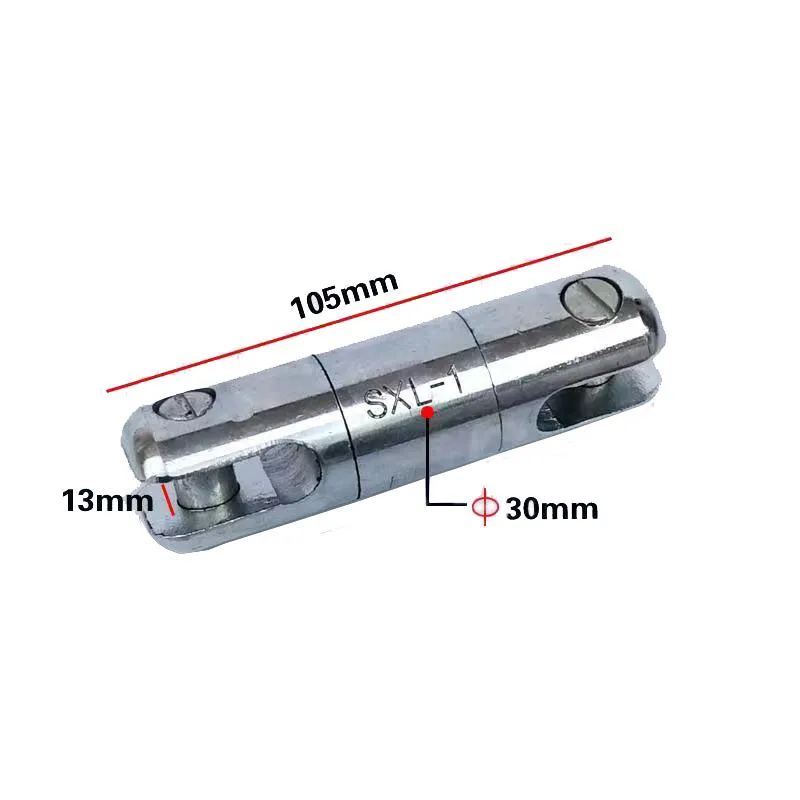
-
 Afrikaans
Afrikaans -
 Albanian
Albanian -
 Amharic
Amharic -
 Arabic
Arabic -
 Armenian
Armenian -
 Azerbaijani
Azerbaijani -
 Basque
Basque -
 Belarusian
Belarusian -
 Bengali
Bengali -
 Bosnian
Bosnian -
 Bulgarian
Bulgarian -
 Catalan
Catalan -
 Cebuano
Cebuano -
 Corsican
Corsican -
 Croatian
Croatian -
 Czech
Czech -
 Danish
Danish -
 Dutch
Dutch -
 English
English -
 Esperanto
Esperanto -
 Estonian
Estonian -
 Finnish
Finnish -
 French
French -
 Frisian
Frisian -
 Galician
Galician -
 Georgian
Georgian -
 German
German -
 Greek
Greek -
 Gujarati
Gujarati -
 Haitian Creole
Haitian Creole -
 hausa
hausa -
 hawaiian
hawaiian -
 Hebrew
Hebrew -
 Hindi
Hindi -
 Miao
Miao -
 Hungarian
Hungarian -
 Icelandic
Icelandic -
 igbo
igbo -
 Indonesian
Indonesian -
 irish
irish -
 Italian
Italian -
 Japanese
Japanese -
 Javanese
Javanese -
 Kannada
Kannada -
 kazakh
kazakh -
 Khmer
Khmer -
 Rwandese
Rwandese -
 Korean
Korean -
 Kurdish
Kurdish -
 Kyrgyz
Kyrgyz -
 Lao
Lao -
 Latin
Latin -
 Latvian
Latvian -
 Lithuanian
Lithuanian -
 Luxembourgish
Luxembourgish -
 Macedonian
Macedonian -
 Malgashi
Malgashi -
 Malay
Malay -
 Malayalam
Malayalam -
 Maltese
Maltese -
 Maori
Maori -
 Marathi
Marathi -
 Mongolian
Mongolian -
 Myanmar
Myanmar -
 Nepali
Nepali -
 Norwegian
Norwegian -
 Norwegian
Norwegian -
 Occitan
Occitan -
 Pashto
Pashto -
 Persian
Persian -
 Polish
Polish -
 Portuguese
Portuguese -
 Punjabi
Punjabi -
 Romanian
Romanian -
 Russian
Russian -
 Samoan
Samoan -
 Scottish Gaelic
Scottish Gaelic -
 Serbian
Serbian -
 Sesotho
Sesotho -
 Shona
Shona -
 Sindhi
Sindhi -
 Sinhala
Sinhala -
 Slovak
Slovak -
 Slovenian
Slovenian -
 Somali
Somali -
 Spanish
Spanish -
 Sundanese
Sundanese -
 Swahili
Swahili -
 Swedish
Swedish -
 Tagalog
Tagalog -
 Tajik
Tajik -
 Tamil
Tamil -
 Tatar
Tatar -
 Telugu
Telugu -
 Thai
Thai -
 Turkish
Turkish -
 Turkmen
Turkmen -
 Ukrainian
Ukrainian -
 Urdu
Urdu -
 Uighur
Uighur -
 Uzbek
Uzbek -
 Vietnamese
Vietnamese -
 Welsh
Welsh -
 Bantu
Bantu -
 Yiddish
Yiddish -
 Yoruba
Yoruba -
 Zulu
Zulu


TEL:
0086-311-88862036
Mac . 07, 2025 06:23 Back to list
Fiberglass Cable Duct Rodder
Navigating the world of grounding systems opens up a labyrinth of technical jargon, materials, and installation techniques. For both seasoned electrical engineers and DIY enthusiasts, understanding the nuances of a ground rod 1 2 system can enhance safety, reliability, and performance of any electrical setup. Here, we delve into the intricacies of ground rods to arm you with a comprehensive understanding that ensures not only compliance but also efficacy.
The performance of grounding systems is measured by ground resistance, which should ideally be below 5 ohms, although specifics can vary by jurisdiction or application type. Resistance testing is an important aspect of validating the effectiveness of a ground rod 1 2 system post-installation. Instruments like clamp meters and three-point testers provide empirical data to guide adjustments. Chosen materials directly impact the rod’s effectiveness and longevity. Copper-bonded rods, while more expensive, exhibit excellent conductivity and resist corrosion longer than galvanized steel, which trades longevity for cost-efficiency. This is where expertise and planning intersect; knowing soil conditions, environmental factors, and intended applications inform the best material selection and avoid future inefficiencies or failures. Reliability of any grounding system extends beyond just the rods. Bonding connectors, clamps, and conductive gels play pivotal roles. A failure in any of these components can nullify the effectiveness of even the most meticulously installed system. Thus, investing in quality components and adhering to best practice installation techniques is critical. Lastly, compliance with electrical codes and standards, such as the National Electrical Code (NEC) in the United States or the British Standards BS 7671 in the UK, ensures not only safety but also legality of installations. These codes dictate minimum requirements while allowing for flexibility based on specific conditions—knowledge which enhances the trustworthiness and authoritativeness of any professional dealing with grounding systems. By cultivating a deep understanding of these systems, professionals and hobbyists alike can ensure that their installations are safe, effective, and durable. Whether dealing with a ground rod 1 2 system in a residential backyard or an industrial powerhouse, the principles of grounding remain a fundamental aspect of electrical engineering that marries science with safety.


The performance of grounding systems is measured by ground resistance, which should ideally be below 5 ohms, although specifics can vary by jurisdiction or application type. Resistance testing is an important aspect of validating the effectiveness of a ground rod 1 2 system post-installation. Instruments like clamp meters and three-point testers provide empirical data to guide adjustments. Chosen materials directly impact the rod’s effectiveness and longevity. Copper-bonded rods, while more expensive, exhibit excellent conductivity and resist corrosion longer than galvanized steel, which trades longevity for cost-efficiency. This is where expertise and planning intersect; knowing soil conditions, environmental factors, and intended applications inform the best material selection and avoid future inefficiencies or failures. Reliability of any grounding system extends beyond just the rods. Bonding connectors, clamps, and conductive gels play pivotal roles. A failure in any of these components can nullify the effectiveness of even the most meticulously installed system. Thus, investing in quality components and adhering to best practice installation techniques is critical. Lastly, compliance with electrical codes and standards, such as the National Electrical Code (NEC) in the United States or the British Standards BS 7671 in the UK, ensures not only safety but also legality of installations. These codes dictate minimum requirements while allowing for flexibility based on specific conditions—knowledge which enhances the trustworthiness and authoritativeness of any professional dealing with grounding systems. By cultivating a deep understanding of these systems, professionals and hobbyists alike can ensure that their installations are safe, effective, and durable. Whether dealing with a ground rod 1 2 system in a residential backyard or an industrial powerhouse, the principles of grounding remain a fundamental aspect of electrical engineering that marries science with safety.
Latest news
The Unique Design of Cable Socks
NewsJun.04,2025
Swivel Connectors in Industrial Automation
NewsJun.04,2025
Safety Features of Link Sticks
NewsJun.04,2025
How to choose the best cable pulling winch for sale
NewsJun.04,2025
Fish tape safety precautions
NewsJun.04,2025
Essential Maintenance Tips for Cable Pulling Tools
NewsJun.04,2025
Copyright © 2025 Shijiazhuang Bilo Import and Export Trading Co., Ltd. All Rights Reserved. Sitemap | Privacy Policy

BlLo lmport & Éxport is specialized in power and cable equipment andconsiruction tools,Qur main producis are FRP
duct rodder, cable rollerscable pulling winch, cable drum jack, cable pulling sock, etc.
Copyright © 2025 Shijiazhuang Bilo Import and Export Trading Co., Ltd. All Rights Reserved. Sitemap | Privacy Policy










